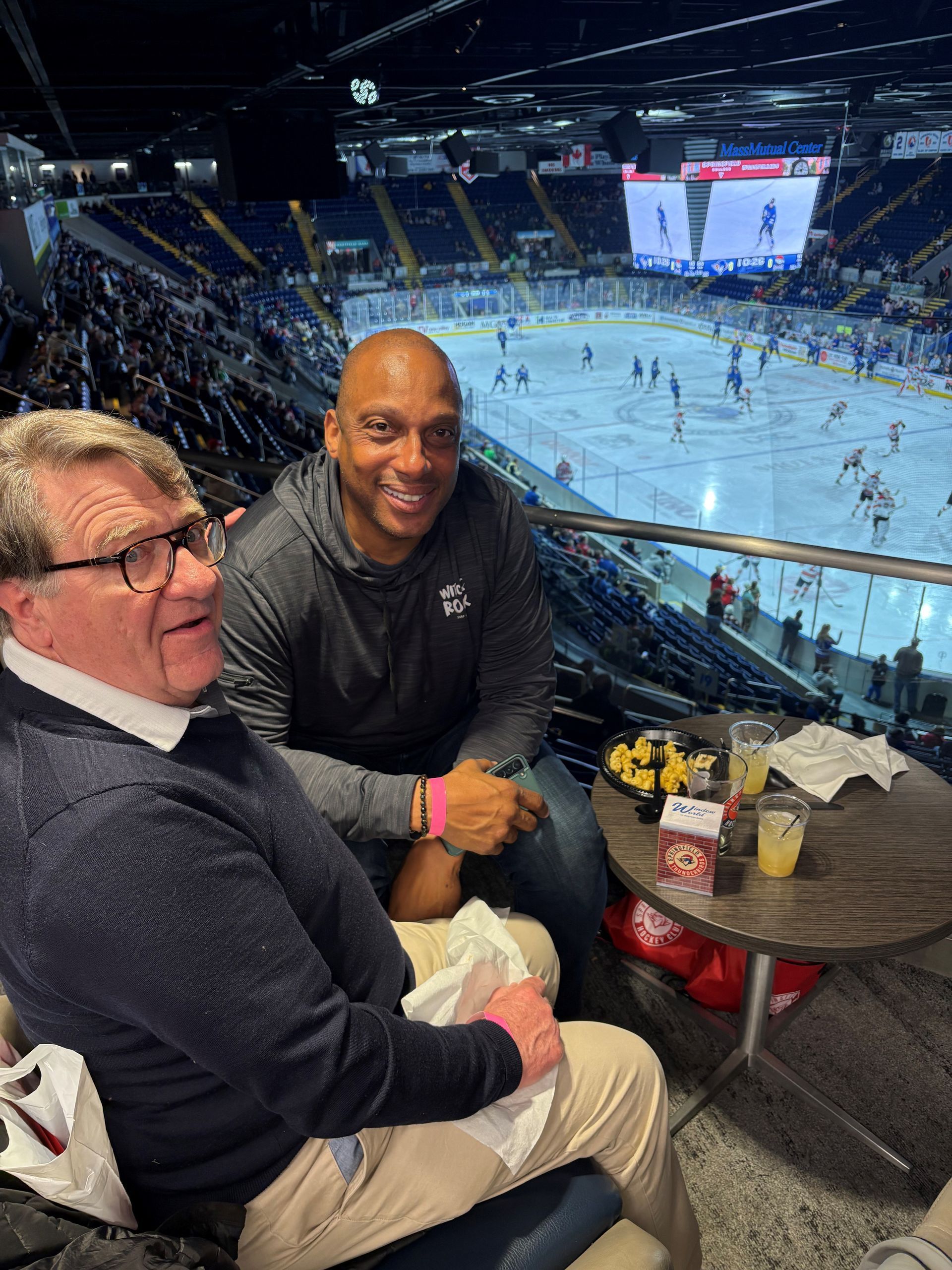Challenges to DEI Restrictions Cause More Confusion
Last week, we wrote about the guidance issued by the EEOC regarding actions or policies that could be considered illegal DEI. (click here to read our post!)
There has been some confusion regarding the guidance issued by the EEOC in its application. These additional factors feed into the uncertainty surrounding DEI practices:
- A federal court issued a limited temporary injunction against the U.S. Department of Labor (“DOL”) attempting to enforce “illegal DEI” measures. A partially federally funded nonprofit focused on supporting women in skilled trades immediately felt the effect of EO 14151 and EO 14173 when a partner canceled its subcontract, citing being in violation of both executive orders. “The Court concludes that the [executive order] is likely a coercive threat…selectively targeting speech regarding DEI, DEIA, and equity based on a belief that such programs are ‘immoral,’ i.e., disfavored by the government.” This injunction is not widespread, it applies to the nonprofit challenging the order and any grantee through which it holds a subcontract. However, the court additionally barred the DOL from enforcing the requirement that grantees certify they don’t operate any DEI-promoting programs—even outside of their grants. This applies nationwide to all DOL grantees.
- Massachusetts attorneys have told Massachusetts Lawyers Weekly they are less concerned about the guidance issued on two counts: 1) the EEOC and the executive orders are unable to override established law and precedent. While the EEOC could seek investigation, which would bring undue costs to employers, it would be unlikely to lead to further legal action. 2) The guidance is much the same as it was before, but with more of a focus on practices during an employee’s term of employment. The EEOC has historically focused on hiring and firing practices.
- The EEOC’s acting chair publicly requested information from 20 law firms regarding their DEI-related employment practices going back to 2015. Andrea Lucas, EEOC head, stated in her letters to the 20 firms that the investigation is based on public statements the firms previously made regarding their diverse hiring practices.
Take Aways
- Seek review of handbooks and company policies to ensure compliance before an investigation could take place.
- If you accept federal funding, do not expand any DEI programs until the guidelines are solidly established between the courts and the administration. Try to avoid a knee jerk reaction of immediately cutting all DEI programs as they may remain legal. Please reach out to The Royal Law Firm to help you navigate this ever-changing terrain.
“An ounce of prevention is worth a pound of cure.” – Benjamin Franklin
If your business has any questions on this topic or any other matters, please do not hesitate to contact the attorneys at The Royal Law Firm at 413-586-2288.








